|
Collecting in Leticia, Colombia, 2014
by Tom Christoffersen (TomC)
In October 2014 I visited the Peruvian Amazon again,
exploring
and documenting dwarf cichlid habitats and their fishes.
From the jungle capital Iquitos, I carried out several expeditions
to examine different biotopes, fish and their habitats.
This year, I went alone again, with local friends/fishermen accompanying me on the expeditions.
The first of the expeditions in 2014 brought me to the Colombian town Leticia for the second time, to
try to find the Apistogramma we couldn't find in 2008.
XXXXXXXXXXXXXXXXXXX
The Heros' in the exporters outdoor ponds look fantastic:
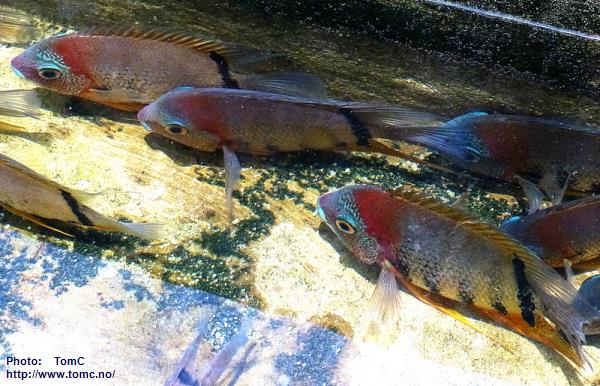
and so does the Río Itaya, this time of the year:
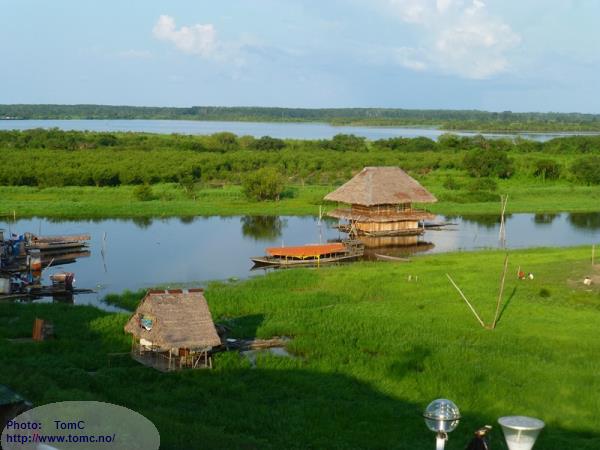
So who is crazy enough to leave this for 12,5 hours downstream on the Río Amazonas in this "Rapido":
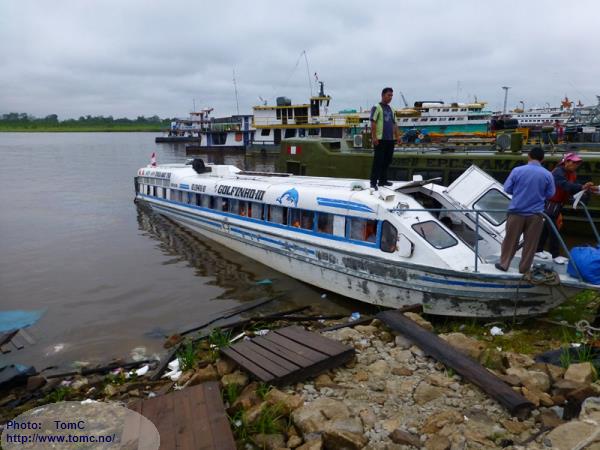
just to have loads of challenges with police, papers, immigration, costs, documents, transport on
land and water, housing etc. etc., and then another 15 hours upstream in the same boat a few days
later?
Well, I know him...
The Apistogramma sp. "Kelleri" was discovered in 2006.
Authors Addendum
The Apistogramma sp. "Kelleri" was described by Uwe Römer,
Clara Isis Römer, Guillain Estivals, Antonia Vela Díaz, Fabrice Duponchelle, Carmen Rosa García Dávila,
Ingo Hahn & Jean François Rennois in May 2017, and was given the name Apistogramma megastoma
.
I went to Leticia, Colombia, in 2008, with
Mike Wise and Julio Melgar, to find it. Some time before we arrived there at that time, many of the small streams
dried out (and the fish moved), and even though the water was back, we couldn't find any of the desired
fishes...
After that, I kept Apistogramma sp. "Kelleri", bred it and studied wild caught specimens in
my tanks, but I had not given up the dream of collecting it in the wild and to see the habitat.
The expedition
From Iquitos in Peru, to Leticia in Colombia:

From Iquitos (Yellow circle), following Río Amazonas to Leticia (Purple circle)
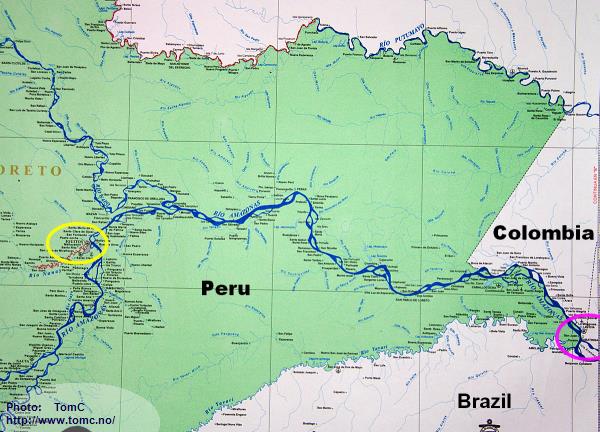
The distance "as the crow flies":

As we followed the river and not a straight line, the total distance travelled was 484 km (= 301 miles)!
Because of weather challenges and several thorough police checks, the Rapido arrived the Santa Rosa island (still in Peru) after 16 hours!

At Santa Rosa we had to check out of Peru ( = pay for a stamp in the passport ;-)).
From there we (two peruvian fishermen friends and I) would have to hire a small, local boat to arrive mainland.
Because it is forbidden to arrive Leticia, Colombia, after dark, we had to hire a boat and go to Tabatinga, Brazil,
and spend the night there.
Leticia, Colombia and Tabatinga, Brazil, is almost like one big town. There is a border in the middle of the town, but
rarely any controls.
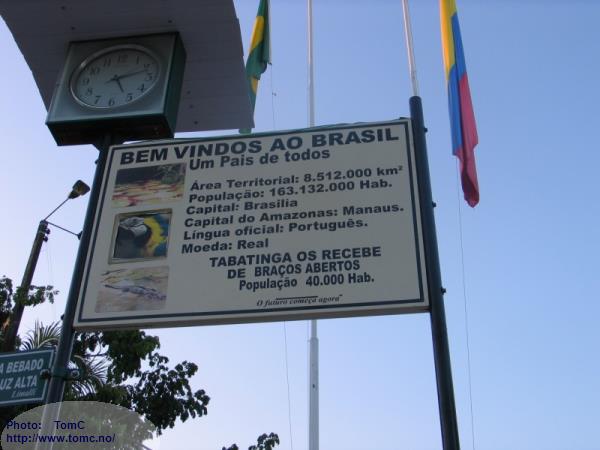
The next day we walked over to Leticia, got the immigration papers and
a stamp in the passport from the authorities at the airport, found a place to stay/sleep,
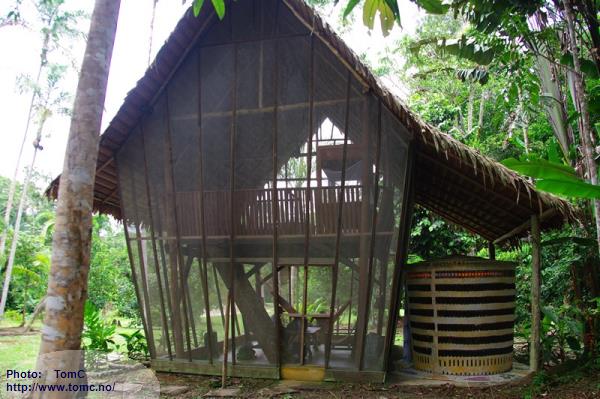
arranged transport,
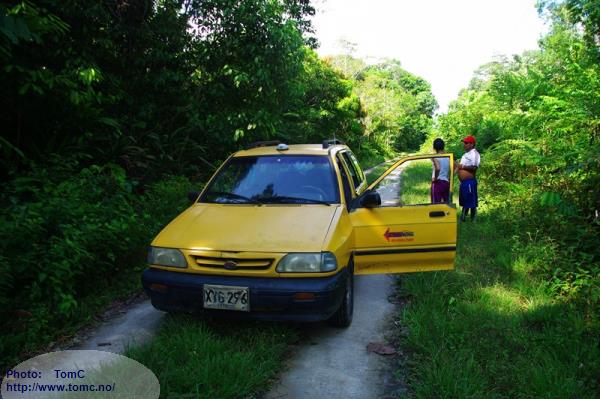
fed the Taxi-driver :-))
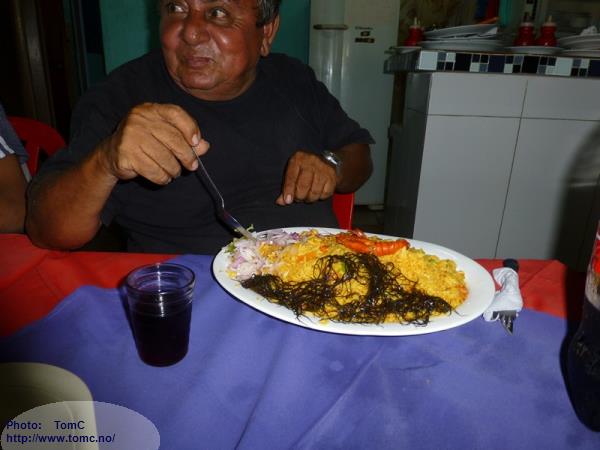
and went out in the jungle.
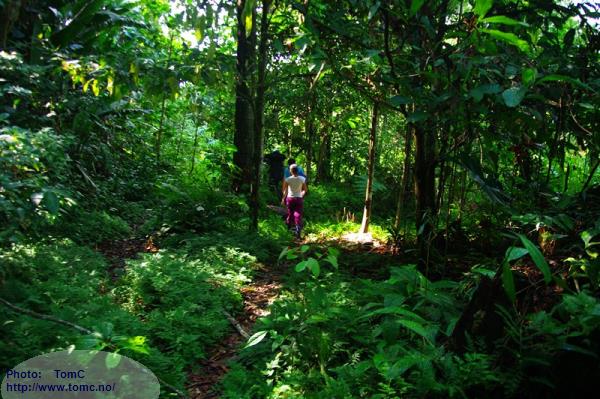
In this small quebrada:

we found my favorite Copella: Copella vilmae
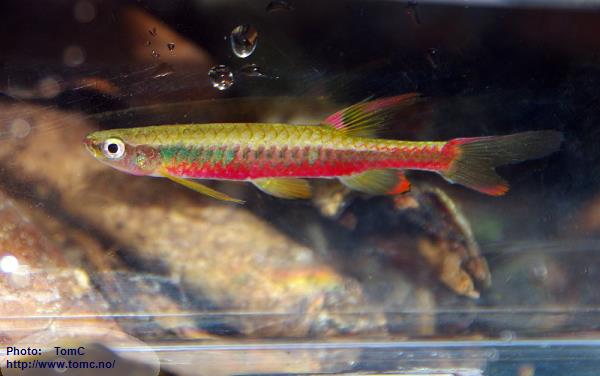
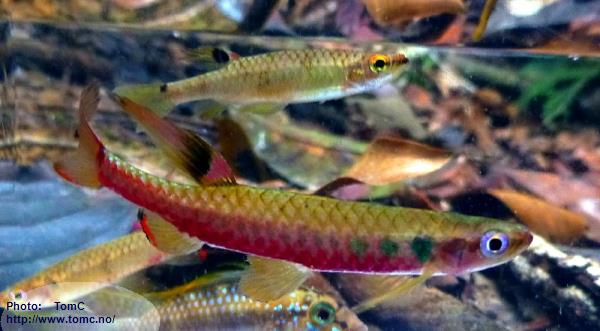
and amazingly, these too:
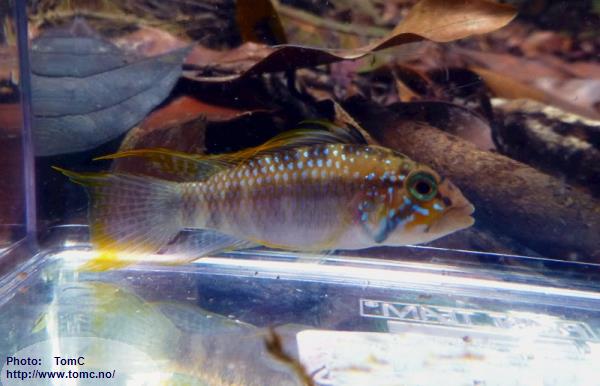
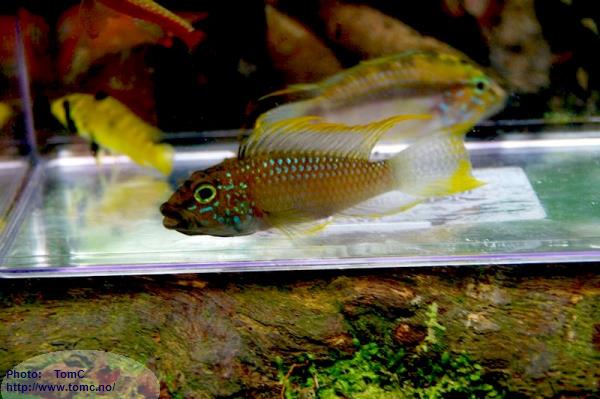
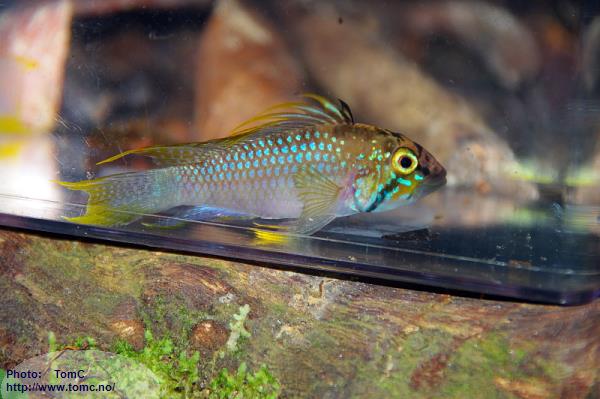
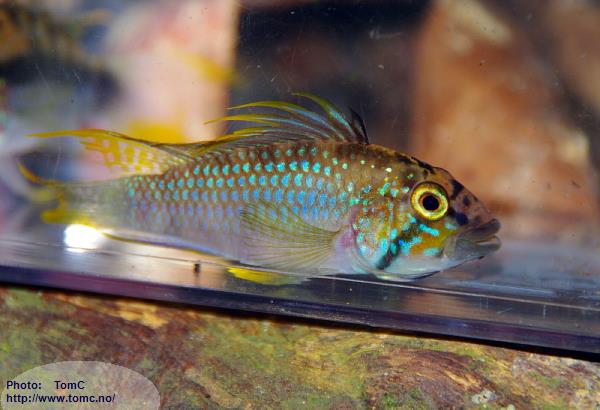
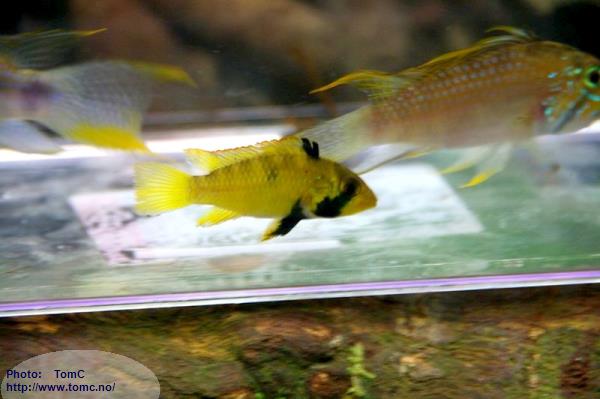
Apistogramma sp. "Kelleri" with colors I have never seen before!
One of the females was mouthbrooding in the bag!:
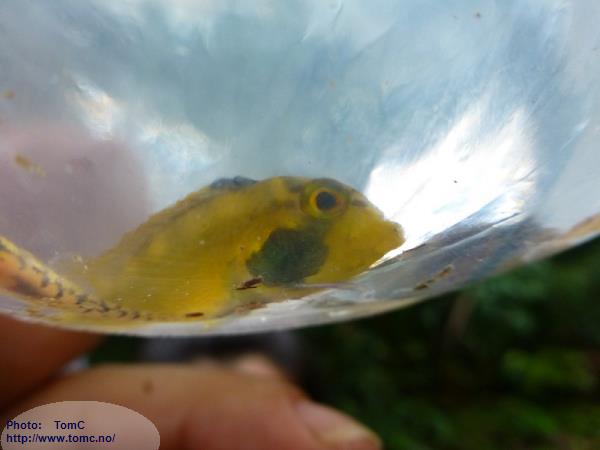
In another small stream, 3 kilometers away,
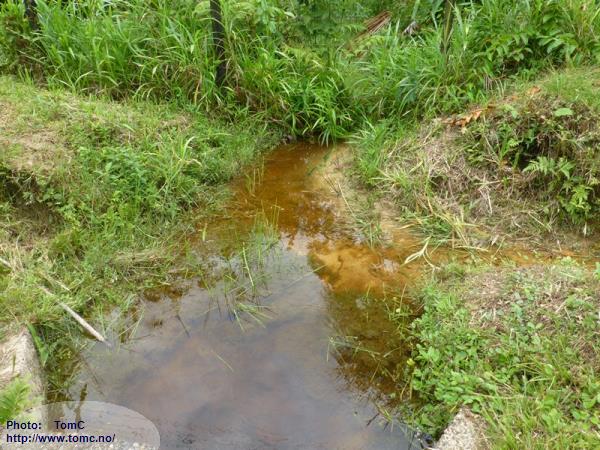
we found the more "usual" colorform, with red markings in
the face:
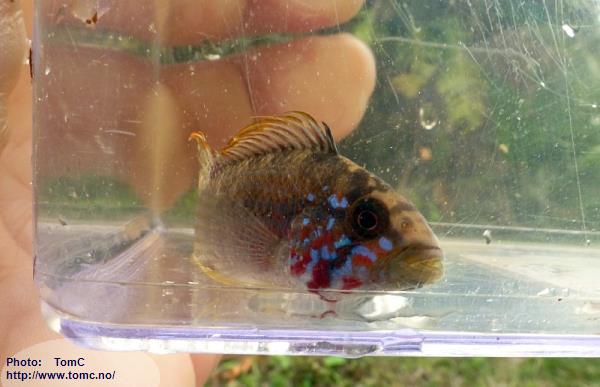
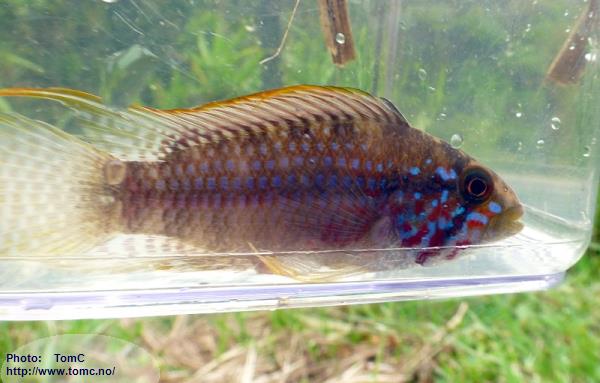
Quite amazing to see these two so different colorforms of the same species!
As I have kept the latter form earlier, I only gave priority to bring with me a few of the "yellow"
colorform.
It would be interesting to know how much the difference in color is influenced by environmental
factors (if at all) or if it's purely genetics ..... of course, it has to be some kind of combination
of the two.
Some of the other fishes we collected during this short expedition:
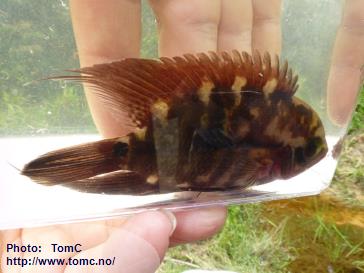
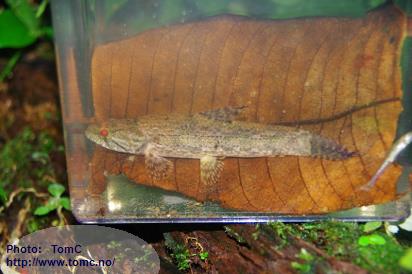
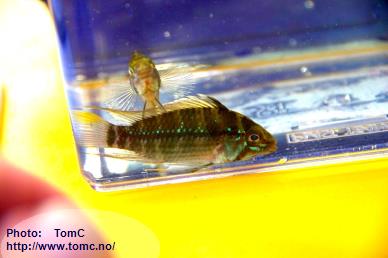
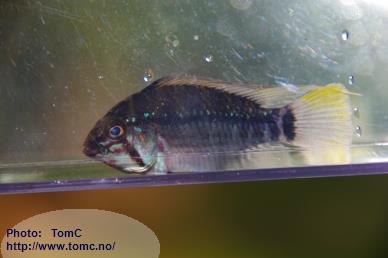
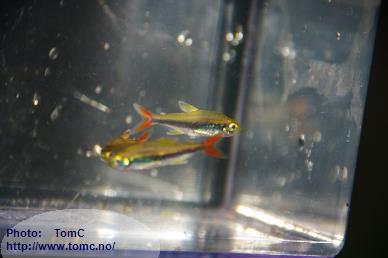
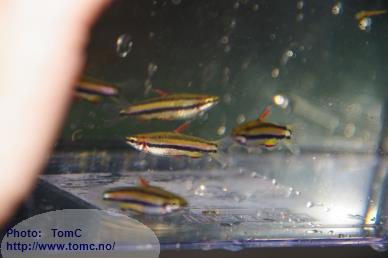
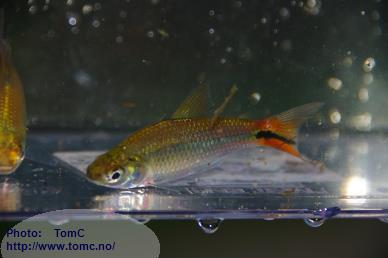
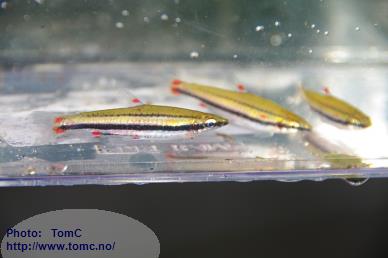
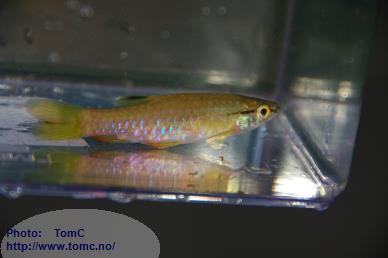
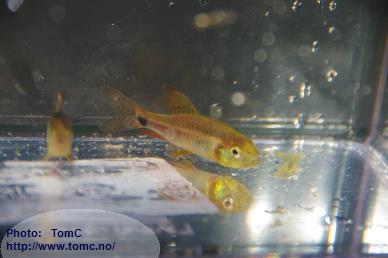
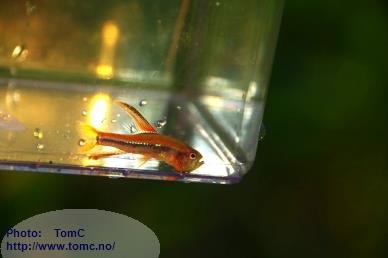
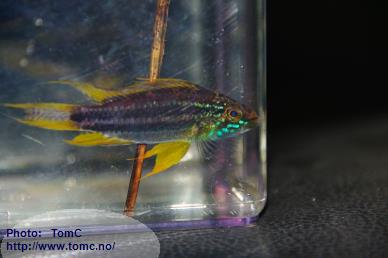
So: Back after a 5 days trip which only resulted in 1.5 days of collecting, tired, bankrupt, with
loads of physical memories from water bound and flying insects, but with memories of nice people I met,
quite a few beautiful fishes in the bags, and happy, happy happy!
|
|